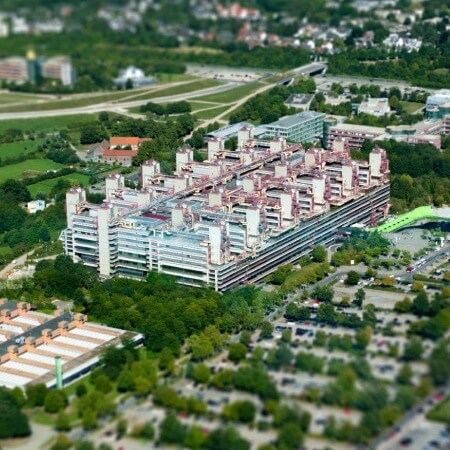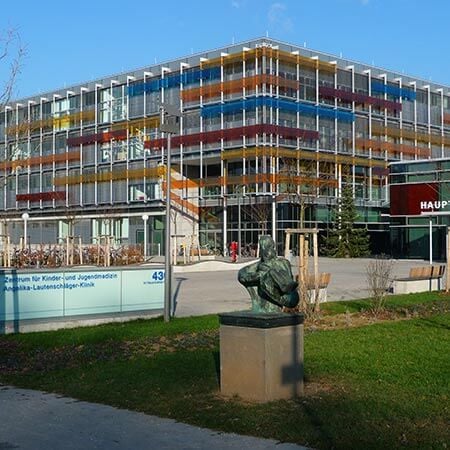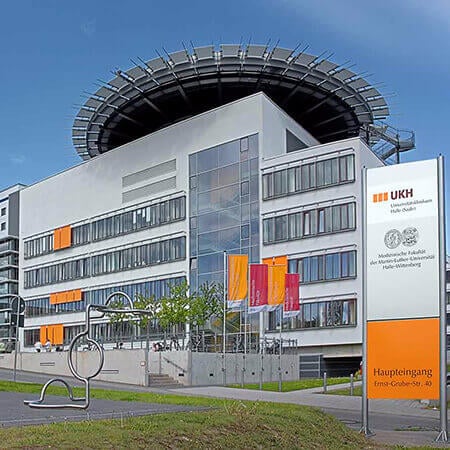About the disease
Diverticulitis is an inflammation in one or more pouches in the digestive tract. Surprisingly, location depends on the region where patient lives. Usually, those who live in North America and Europe have diverticulitis on the left side and those who live in Asia - on the right side. As a matter of fact these inflamed pouches resemble hernia in their symptoms and level of pain. In most cases pouches get stuck in intestine, and bacteria that appear there because of the inflammatory process. Diverticulitis occurs among females more frequently than men. People older than 40 years are more susceptible to it. There are different forms of diverticulitis: acute diverticulitis, perforated diverticulitis and sigmoid diverticulitis. Diverticulitis attack may last from several hours to several days. In recent years this disease became very common. According to American medical site NHS Choices there were almost 120 000 hospital admissions in 2012 of this disease.
Over the past century number of people with diverticulitis has increased almost by 4 times. Doctors attribute this change to poor everyday diet. People who do not eat vegetables and fruits very often are in the risk group. Moreover, people in Asia do not have it as often as people in Europe and North America, because Asians do not consume such big amounts of meat. If person is diagnosed with diverticulitis, he requires immediate medical attention because complications of this disease may be very dangerous. Inflammation of the abdominal cavity in its severe form can be life-threatening. The diverticulitis may also develop into the bowel cancer if it is not treated on time.
Symptoms
Diverticulitis is often mistaken for appendicitis and simple indigestion. Nevertheless, there are such specific symptoms:
Most common diverticulitis symptoms are:
- Diarrhea
- Pain in lower abdomen
- Nausea
- Blood during defecation
- Pain lasting several days
- Pain increase during exercise, coughing, laughing
- Erosions
- Fever
- Signs of intoxication and poisoning
Diagnosis
- Initial diagnosis of diverticulitis usually includes inspection and palpation of the abdomen. If there is swelling and belching in that part of the body, doctor may order colonoscopy. Colonoscopy is an examination of the inner surface of colon through the colonoscope. This device inserts a narrow flexible tube into the anus. It has a fixed camera that transmits the image to monitor screen. This equipment helps colonoscopist detect the slightest changes in the intestinal mucosa and take tissue sample for biopsy.
- Abdominal ultrasound is the safest and painless diagnosis of diverticulitis. Ultrasound waves create an image of the internal organs and show if the bowel wall is thickened.
Treatment
- Conservative treatment (endoscopic) usually means hospitalization. Hospital treatment usually lasts 9-11 days. After diverticulitis treatment patient is required to take anti-inflammatory medications for 2-3 weeks. The most important part of treatment of diverticulitis is a strict diet. In some cases patients are forbidden to eat for 2-3 days in order to completely empty stomach, bowel and intestines. Any food that causes bloating is forbidden. It includes beans, grapes, milk, and sugar. Also patients are not allowed to eat rice, blueberries, pomegranate, white bread, because these products may cause constipation.
- Removal of diseased segments with anastomosis is a resection of diseased part of the digestive tract after which he connects healthy passages together. Overall, there are two types of surgery:
- Elective surgery. This type of surgery is performed 3 months after successful drug treatment of diverticulitis. The purpose of elective surgery is to prevent the re-inflammation.
- Emergency surgery. This surgery is applied if there is a strong risk of bleeding or rupture. Emergency surgery is done if bleeding cannot be stopped by drugs and if there is bowel obstruction. It can also be used if pain caused by diverticulitis is too strong and the doctors can not stop it using the usual drugs. During the actual surgery doctor performs the resection of the bowel. It can be achieved during the laparoscopic surgery. Resection of the bowel is done through the open incision under the general anesthesia. Surgeon opens the colon and with colonoscope reaches the bowel, where he can operate.
Authors: Dr. Nadezhda Ivanisova, Dr. Sergey Pashchenko

















